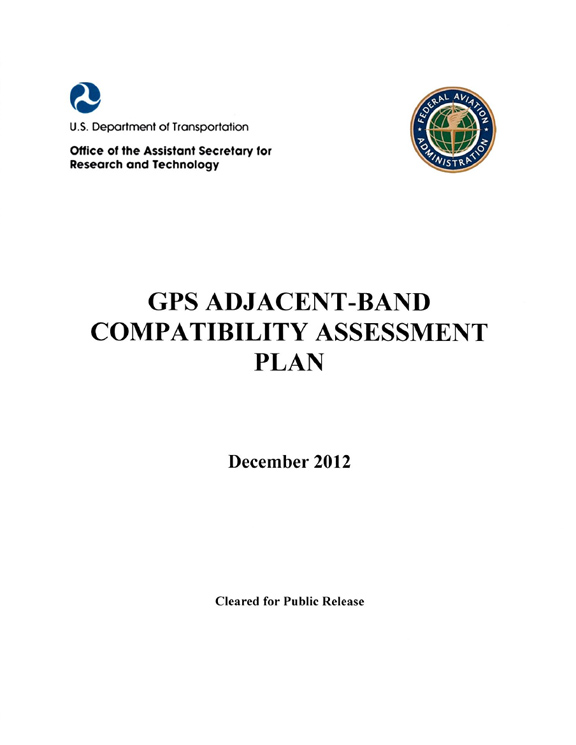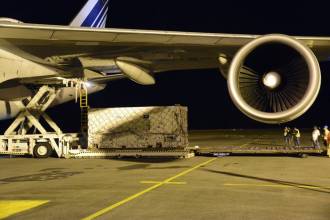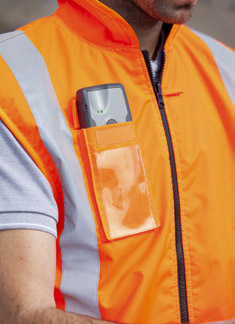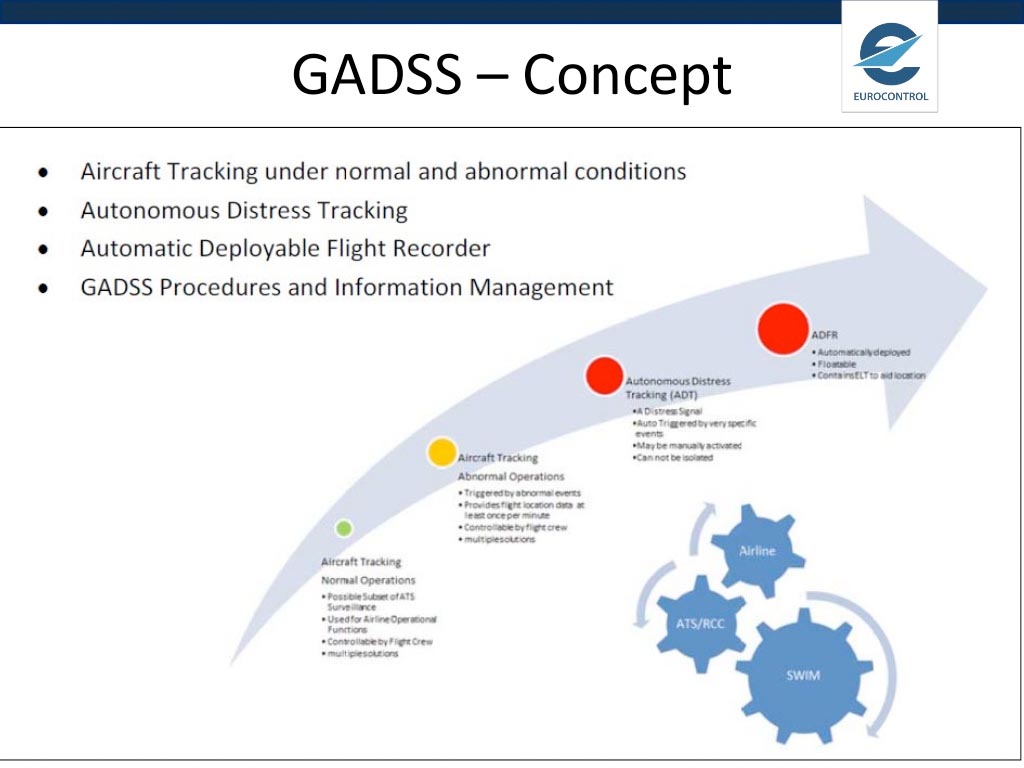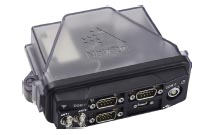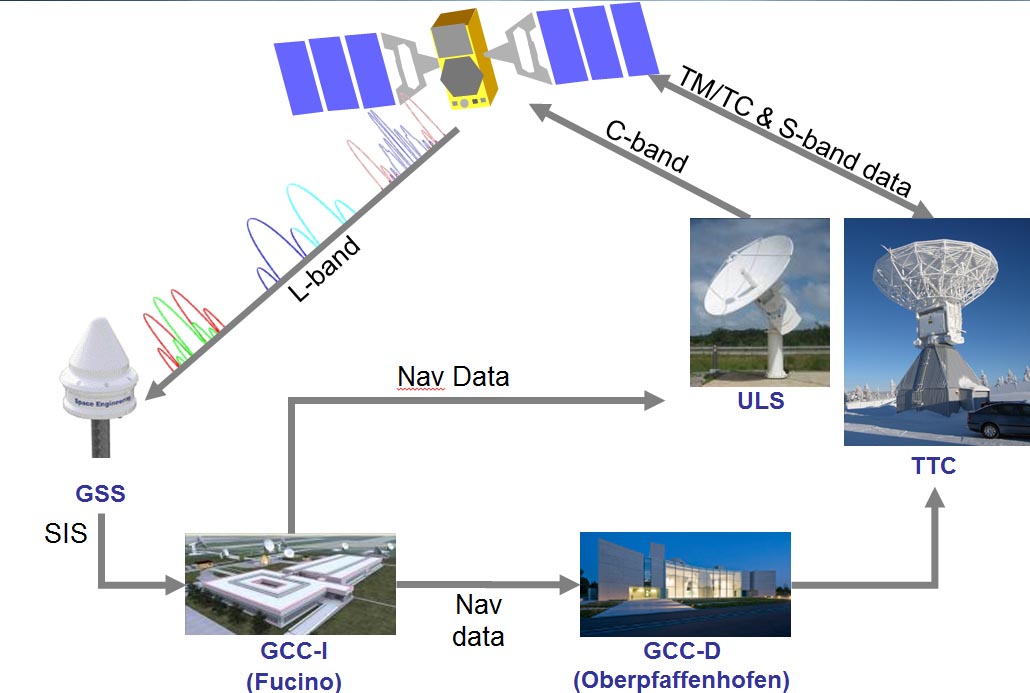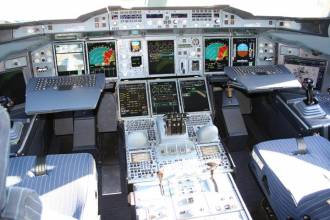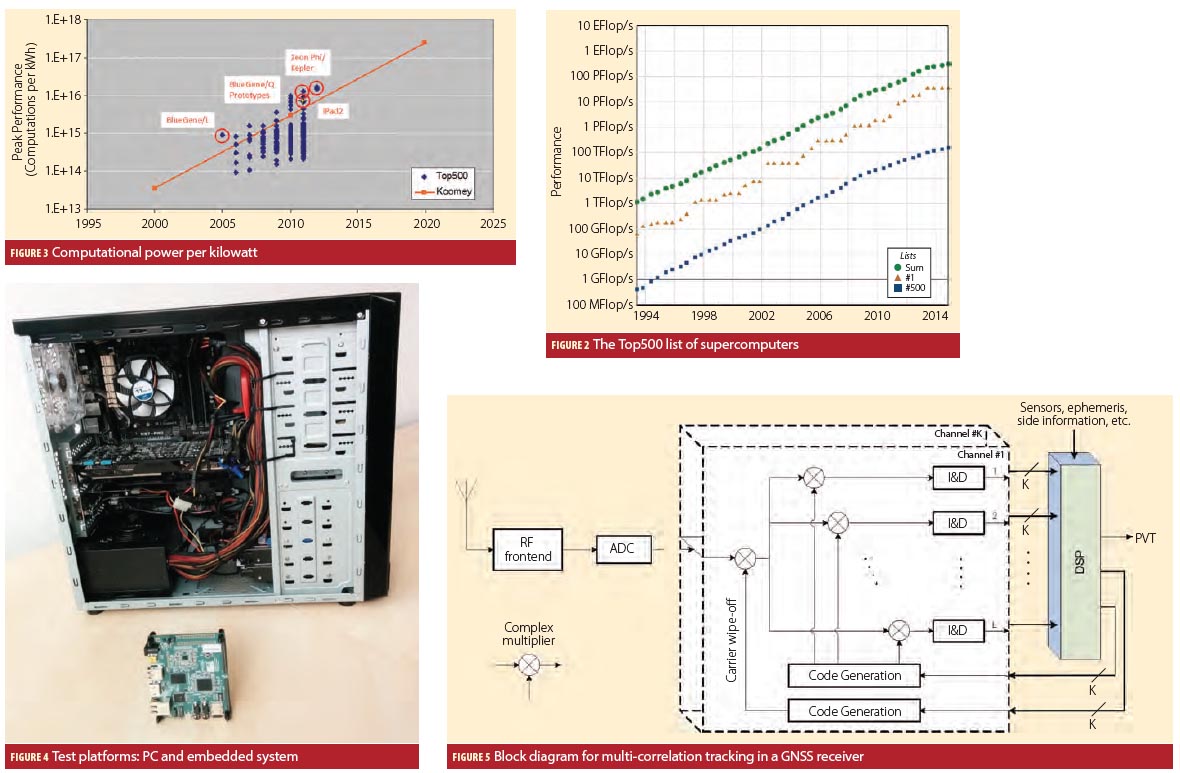GATE Galileo Testbed Achieves Re-Certification
 Berchtesgaden, Germany
Berchtesgaden, GermanyThe Galileo Test and Development Environment (GATE), located near Berchtesgaden in southern Bavaria, Germany, has been recertified for operation, extending the operational life of the facility through January 2016, according to its operator, IFEN GmbH
GATE enables companies and research organizations to use the testbed for various experiments, taking advantage of the eight ground transmitters emitting the Galileo signals towards the 25-square-kilometer core test area.
By Inside GNSS
